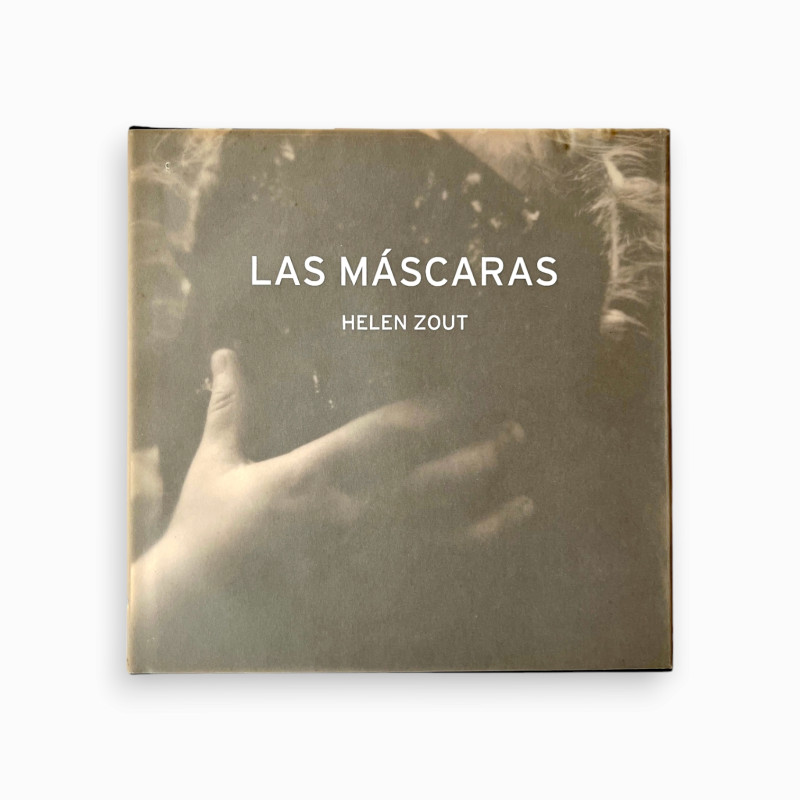





In this work by Zout, two themes intersect. On one hand, there is the documentary effort to bring visibility to HIV, which, at the time of the book's publication, was perceived as an uncontrollable disease affecting both adults and children from a wide range of social groups, economic backgrounds, and cultural contexts—far beyond the so-called “at-risk” groups. On the other hand, there is a clear intention to protect the identities of the people behind these moving stories. Their faces and expressions are concealed with masks, blindfolds, or cloths that shield them from what was, at the time, a common reaction: a form of stigmatization.
As Juan Travnik states in the prologue, the mask becomes, from this perspective, a powerful testimony that amplifies the impact of the images. It also serves as a metaphor for the lack of information and the fear—exacerbated by that ignorance—that drove misguided and unsupportive social behaviors across large sectors of society at the time.
No cheap shots. No clichés.
The photographs are as powerful as they are moving.
Texts: Anne Tucker and Juan Travnik
Signed and numbered copy.

